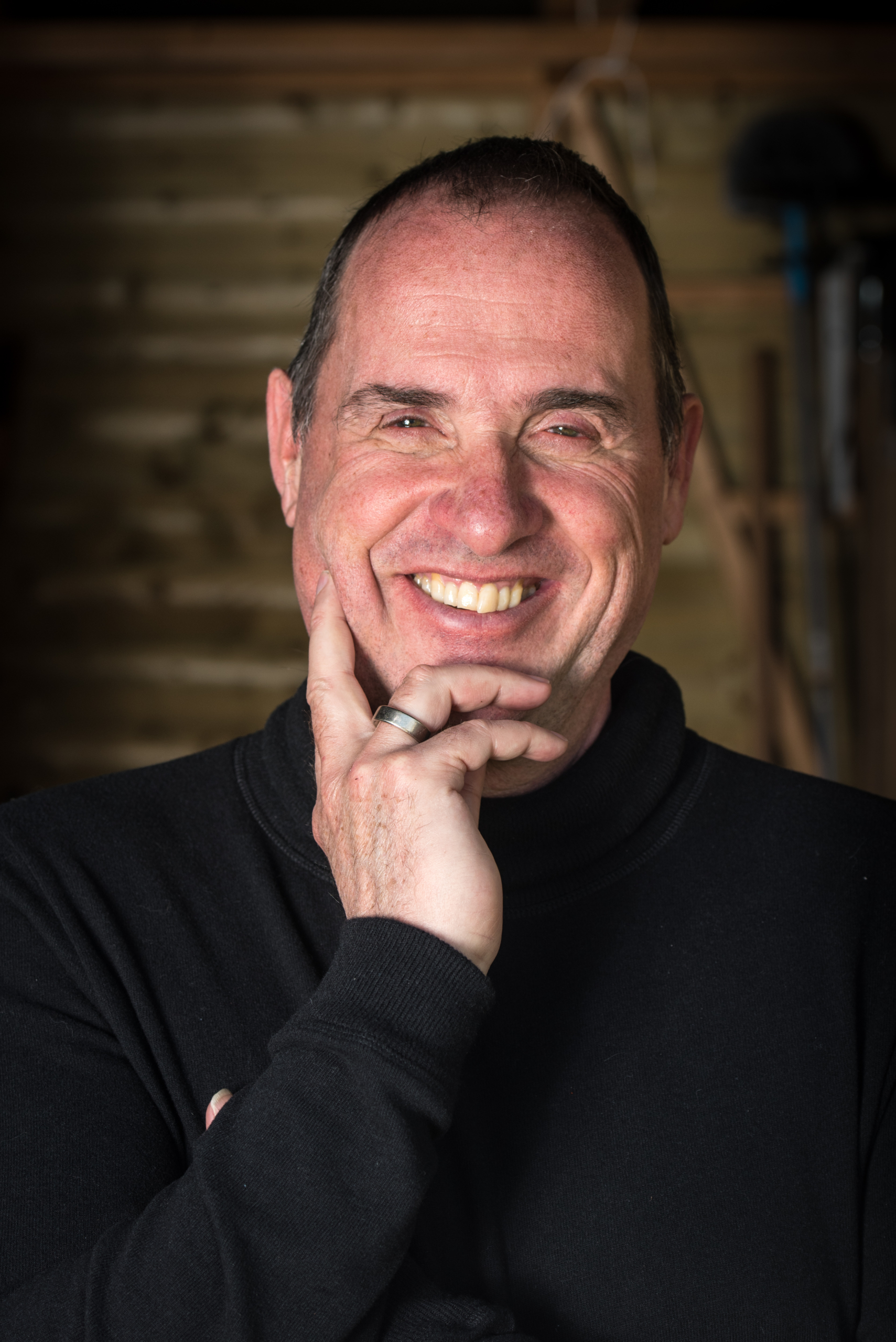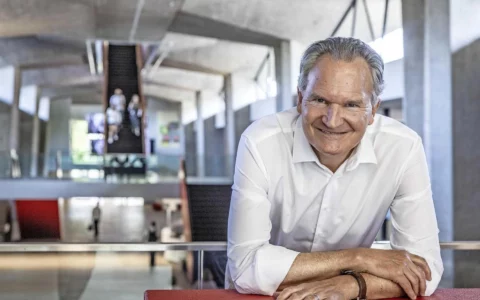
This article was published in Dutch by Transformation Forums Magazine on December 21, 2022. It has been translated using AI technology, the original article is here.
Future-proof leadership
Leaders in the 21st century must be able to do different things and be different from their predecessors fifty or five hundred years ago. But there are also constants, which were valid for Charlemagne, are valid for Apple boss Tim Cook and will be valid for the future leaders of Tesla, Denmark or the tax authorities.
What’s different? As knowledge-intensive, and service focussed organizations have become dominant in the economy, the leading model of leadership has changed. Leading a knowledge-intensive service provider is fundamentally different from leading an industrial company. Services are defined in the moment, in the interaction between people; an industrial process can be designed in advance and implemented with great precision.
The difference between complex and complicated is decisive in this. A clock is complicated; a swarm is complex. Complicated systems can be standardized, uncertainties can be eliminated, cause and effect are clear, and systems are externally controllable. Complex systems, on the other hand, are unpredictable, nonlinear and paradoxical. The same causes do not always lead to equal consequences. They can have tipping points that lead to rapid, large and irreversible changes. They can be observed from the outside, but not controlled. An industrial process such as a factory or a nuclear power plant is complicated, the creation of a service in the interaction between people is complex.
In complicated organizations, the classical, hierarchical, command-and-control system of leadership worked very well. The boss, supposedly the smartest of them all, determined what was going to happen; employees left their brains at the entrance and uncritically executed what he (always a he) had come up with. Work was divided into neat, sequential parts, jobs were narrowly defined and stayed the same for a long time, everyone worked in the same location, information went from top to bottom. The leader could control the process.
Some leaders secretly hope it still works that way and that everyone waits breathlessly for the pearls of wisdom to roll from their lips. Unfortunately for them, that is no longer possible. So it is because mastery of the process is no longer possible, as well as a result of democratized access to information, which is no longer reserved for the top.
The complexity of an unpredictable world requires agile organizations, where decisions are made quickly on the basis of always incomplete information. Organizations are becoming flatter, employees are given more autonomy, and the classic hierarchy is being turned on its head: bosses enable employees to do their best work. Less steering, more coaching. Leaders can no longer control, but create space so that the system can create its own order.
Today’s leaders are people persons. They know how to enthuse, tell a good story and bring people along with them. They can deal with an employee base that is diverse by age, gender identity, sexual orientation, nationality and background. They can interact with stakeholders, listen well, give people the freedom to take responsibility, and empathize with the thoughts and feelings of their interlocutors. The “soft skills” of the past are now rock-solid core competencies.
We are in the midst of the transformation process from the old, industrial economy to the new, knowledge-intensive economy. And because paradigms change only slowly, it will take a few more decades before the new leadership is dominant.
But as noted, not everything will be different. Much of what is important to be a good leader now, used to be important before too. For example, leaders can only be effective if they have support. And a minimum requirement for support is that they put the greater good above their own self-interest. They should be able to do even more, and actually do more: give direction, build a strong team, organize dissent, put themselves in perspective.
Constants for leaders in business are that they must be able to manage financial and material resources, assess performance, make decisions, oversee issues quickly and decide on them, appoint and fire, acquire, deal with supervisors and reconcile paradoxes, e.g., perform excellently in the short term, have a consistent long-term vision. They must be able to simultaneously stand on the dance floor and monitor and influence what happens there from the balcony.
The leadership of the future is grafted onto a new paradigm, and that has major implications. At the same time, much of what leaders must be able to do and do remains the same as it has been for decades, sometimes even for hundreds of years.
Twan van de Kerkhof is director of the European Leadership Platform. He is working on a new book to be published summer 2023. Working title: Sixteen Lies About Leadership. Leading To the Truth.



